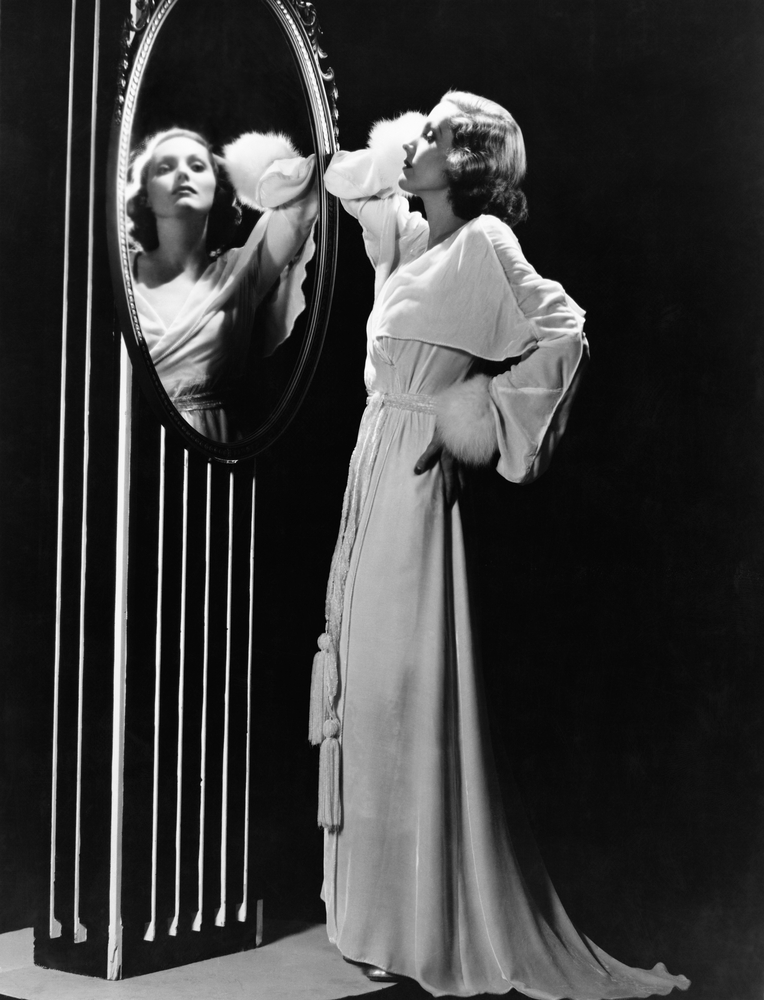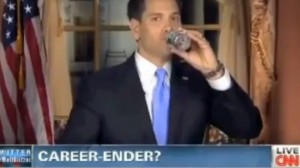… (T)he best persuaded of himself, so cramm’d, as he thinks, with excellencies that it is his grounds of faith that all that look on him love him.
Twelfth Night, 2.3.150-152 (1623)
The counterrevolution has begun.
The press is pushing back against its critics over the Kermit Gosnell affair. Stung by the criticisms and the hypocrisies detailed by Mollie Hemingway on this website, Kirsten Powers at USA Today and other outlets, some have begun reporting on the murder trial of the Philadelphia abortionist. Other outlets in their op-ed sections have defended their non-coverage or sought to deflect criticisms – – the New York Times‘ Tiller editorial is classic sleight-of-hand, substituting one story for another. “Nothing here to see folks. Move along.”
A few have embarked upon the high road. Writing in Religion Dispatches Diane Winston argues in “The Myth of News Media as Secularist Conspiracy” there has never been a golden era when reporters
provided smart, in-depth, contextualized coverage of religious leaders, issues, ideas, and communities.
In support of this contention, the article offers historical examples purporting to show the press has always done a poor job — missing stories, printing pablum in place of news or voicing prejudice such as H.L. Menken’s critique of Fundamentalism in his account of the Scope’s “monkey” trial or the “anti-Hindu coverage that ran through Western newspapers in the 1910s and 1920s.” The crux of her argument is that the problem is not a lack of:
trained religion reporters, but rather Americans’ widespread ignorance about religion. Religion is absent from many high school curricula and university classrooms, and many of us barely know the religious history of our own country much less the role of religion worldwide.
But her argument then pivots, stating:
Yet, I’m not convinced that improving the American educational system is really at the heart of Cannon’s plaint about religion coverage and his subsequent post on Kermit Gosnell.
Making more Americans aware of religion and historical incidents like an anti-Hindu press — a history of which I was not aware — would not have mattered in the Gosnell story as:
The Gosnell story is not a religion story, it’s a crime story. People with religious convictions may read their passions into it, but Gosnell did not seem to be motivated one way or the other by a faith commitment. Yet cultural religionists imply that the absence of religious commitment in the nation’s newsrooms—and consequent acceptance of baby-killing, oops abortion, is among the reasons that the Gosnell story was overlooked.
The notion that the news media is a secularist cabal ignoring stories that challenge its shibboleths is wrongheaded.
I do not agree. There is just a hint of Coriolanus going before the plebs here. That large sections of the media believe an abortionist charged with multiple counts of murder is a crime story without significant religious or moral overtones speaks to the failings and biases of the press, not readers. (One need only look to the loss of market share and trust the mainstream media have experienced to know that all is not well — or the studies and monographs on the triumph of ideology over reporting in major American newspapers.)Nor does she show a logical connection between her observations about ignorance of the audience and the silence about Gosnell.
Criticisms voiced by GetReligion have nothing to do with the private conscience of reporters who write about religion but about their ignorance of the topics they are covering coupled with a self-satisfied, complacent, high opinion of their own importance and disdain for views that conflict with their own. Large sections of the American press are like Mr. Podsnap who “stood very high in Mr. Podsnap’s opinion,” — they see religion reporting through the lens of anthropology and institutions, not through the culture and belief of people.
And it is this failure of intelligence, relevance and imagination that lies behind the Gosnell fracas. The personal views of reporters are irrelevant — it is their professional competence at issue.
Let me offer an example of good religion journalism to illustrate my argument of ideology free competent reporting. In a front page story Warsaw’s Gazeta Wyborcza last week reported on a paper released by the Polish Bishops’ Conference (Konferencja Episkopatu Polski) objecting to in vitro fertilization, abortion, euthanasia, and contraception, arguing they were a threat to humanity.














